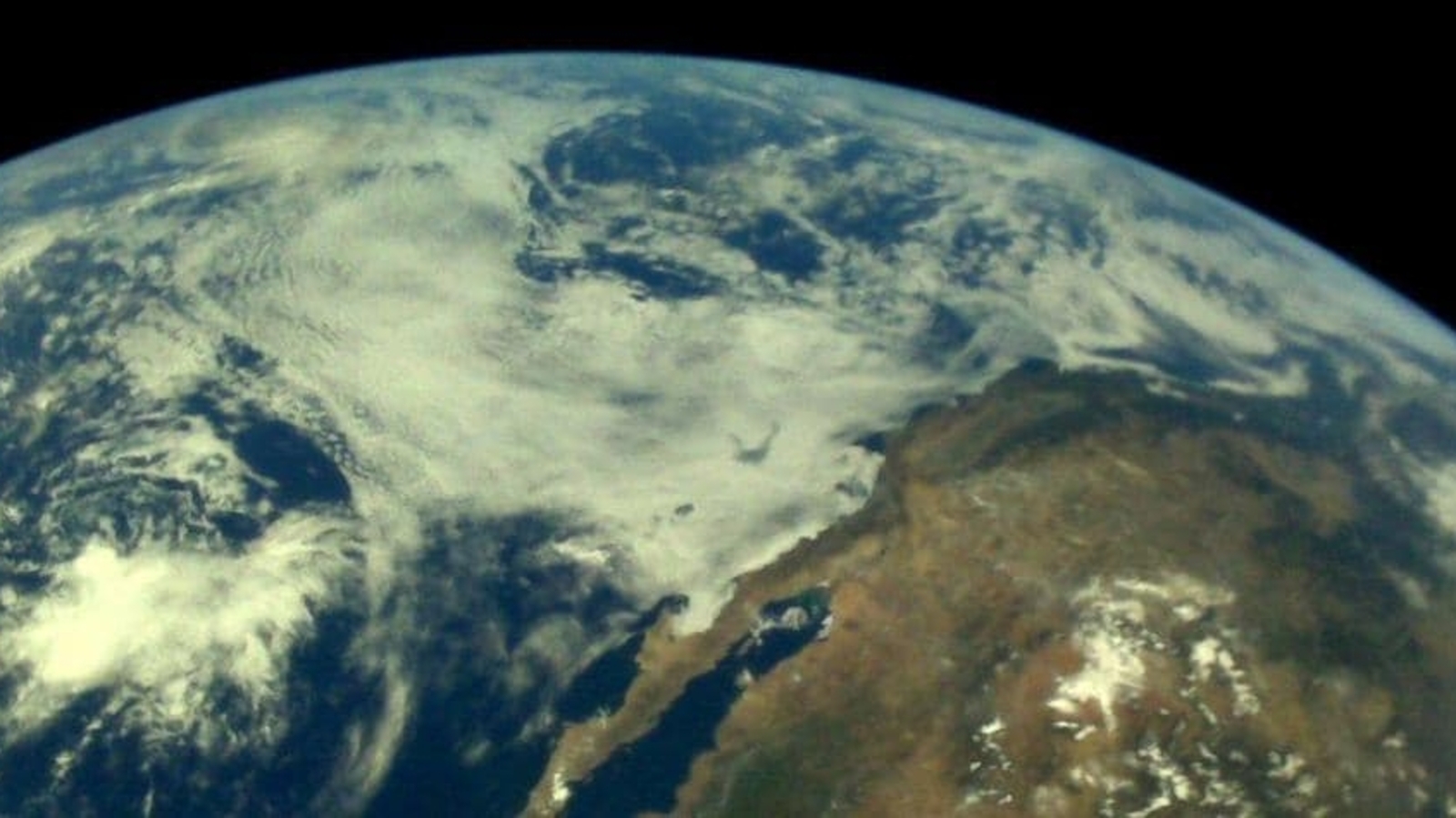Europe ‘back in space’ despite Ariane 6 debut glitch

By Tim Hepher and Joey Roulette
PARIS, – Space bosses hailed Europe’s return to space after the Ariane 6 rocket successfully carried out a series of trials in a debut flight on Tuesday, but the mission ended with the launcher coasting in orbit without releasing its final batch of payloads.
Watched by a Rafale fighter jet, Europe’s newest uncrewed rocket blasted off from French Guiana around 4 p.m. local time , restoring the continent’s independent access to space after delays, political setbacks and debates over funding.
Although not a commercial mission, the flight deployed three sets of micro-satellites for research purposes, prompting European space officials to declare the maiden trip a success.
“Europe is back in space,” Philippe Baptiste, head of France’s CNES space agency, said via video link to the Paris headquarters of the European Space Agency , where employees and politicians cheered the lift-off.
In a keenly awaited milestone, the Vinci engine powering the rocket’s upper stage was restarted in space for the first time. It is designed to restart repeatedly, allowing operator Arianespace to place payloads into several different orbits.
However, a third firing had to be abandoned after a smaller power unit shut itself down for unspecified reasons, meaning the final batch of payloads – two small capsules designed to test the conditions for surviving re-entry – remained stuck onboard.
“We had an anomaly…We are probably not going to finish this part of the mission as we were hoping to,” said Tina Buchner da Costa, an Ariane 6 launch system architect.
The affected auxiliary power unit is a system crucial for the rocket’s ability to put payloads in their intended orbit.
Its failure, although late in the mission, is expected to spur an engineering investigation.
ESA Director General Josef Aschbacher said the agency was nonetheless on track to stage a second flight by year-end.
Ariane 6 was developed at an estimated cost of 4 billion euros by ArianeGroup, co-owned by Airbus and Safran. Its first launch, originally due in 2020, has been repeatedly delayed.
Since the agency retired its workhorse Ariane 5 rocket more than a year ago, Europe has had no independent means of sending its satellites into space, while war in Ukraine has cut Western ties to Russian Soyuz rockets and Italy’s Vega C is grounded.
“Ariane 6 is fundamental for Europe’s space ambition,” Toni Tolker-Nielsen, ESA’s acting director of space transportation, told Reuters from the control room at Europe’s space port.
“It is about sovereign access to space for institutional and governmental missions … and this need has been even more emphasised in view of the geopolitical situation.”
SPACE COMPETITION
Europe’s temporary isolation in an increasingly global market was exposed last year when its agencies were forced to switch some payloads to U.S. rival SpaceX’s Falcon 9.
Ariane 6 owes its existence to a decision by ESA’s 22 nations in 2014 to develop a family of rockets in the face of fierce competition from Elon Musk’s private space venture.
The United States and dozens of other countries have come to rely heavily on Falcon 9 for reaching orbit as everyday life on Earth becomes increasingly reliant on satellite links and data.
French Finance Minister Bruno Le Maire, part of President Emmanuel Macron’s outgoing centrist and pro-European government that came third in Sunday’s elections, highlighted the Ariane programme’s role as a symbol of European unity.
“There are sometimes worries and doubts about Europe’s ability to play in the same league as China and the U.S. – with Ariane we are proving that through determination and collective will, we can operate at the same level,” he told ESA staff.
Even so, European officials said it will be some time before Ariane 6 pays its way economically after backer nations agreed a fresh round of financial support last year.
“Ariane 6 is not quite there yet in terms of competitiveness, but they want to get there,” said Ian Annett, former deputy CEO of the UK Space Agency.
In the latest setback, Europe’s weather satellite operator Eumetsat last month said it would launch its next satellite on a Falcon 9 instead of the initially planned Ariane 6.
The surprise decision angered European officials and broke with calls to back the local space industry, laying bare tensions that have simmered over Europe’s space ambitions.
ESA has launched an initiative to boost small-launcher projects that could pave the way for a future private player.
Ariane 6 has 29 missions to launch over the next several years and aims for up to 12 flights a year.
That includes 18 launches for Amazon’s Kuiper internet constellation.
SpaceX launched Falcon rockets 96 times in 2023 and nearly 70 times so far in 2024, though most of those were to deploy its in-house Starlink satellites.
Still, analysts say that has shattered norms and spawned fierce competition from China, which had 67 launches in 2023.
This article was generated from an automated news agency feed without modifications to text.
Related
A New Book Argues That What Happens in Europe Doesn’t…
Remaking the World: European Distinctiveness and the Transformation of Politics, Culture, and the Economy by Jerrold Seigel “No issue in world
Poland plans military training for every adult male amid growing…
Poland’s prime minister, Donald Tusk, has said his government is working on a plan to prepare large-scale military training for every adult male in response t
2025 European Athletics Indoor Championships: Ditaji Kambundji secures women’s 60m…
Switzerland’s Ditaji Kambundji walked away from the 2025 European Athletics Indoor Championships in Apeldoorn on 7 March with much more than her first Europea
Takeaways from the EU’s landmark security summit after Trump said…
BRUSSELS (AP) — European Union leaders are trumpeting their endorsement of a plan to free up hundreds of billions of








